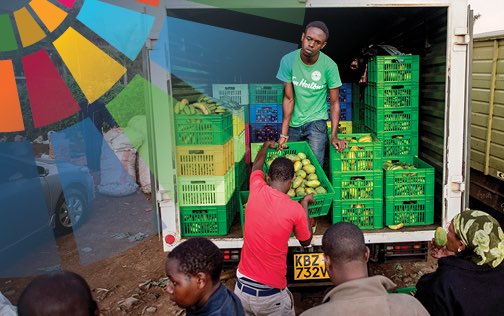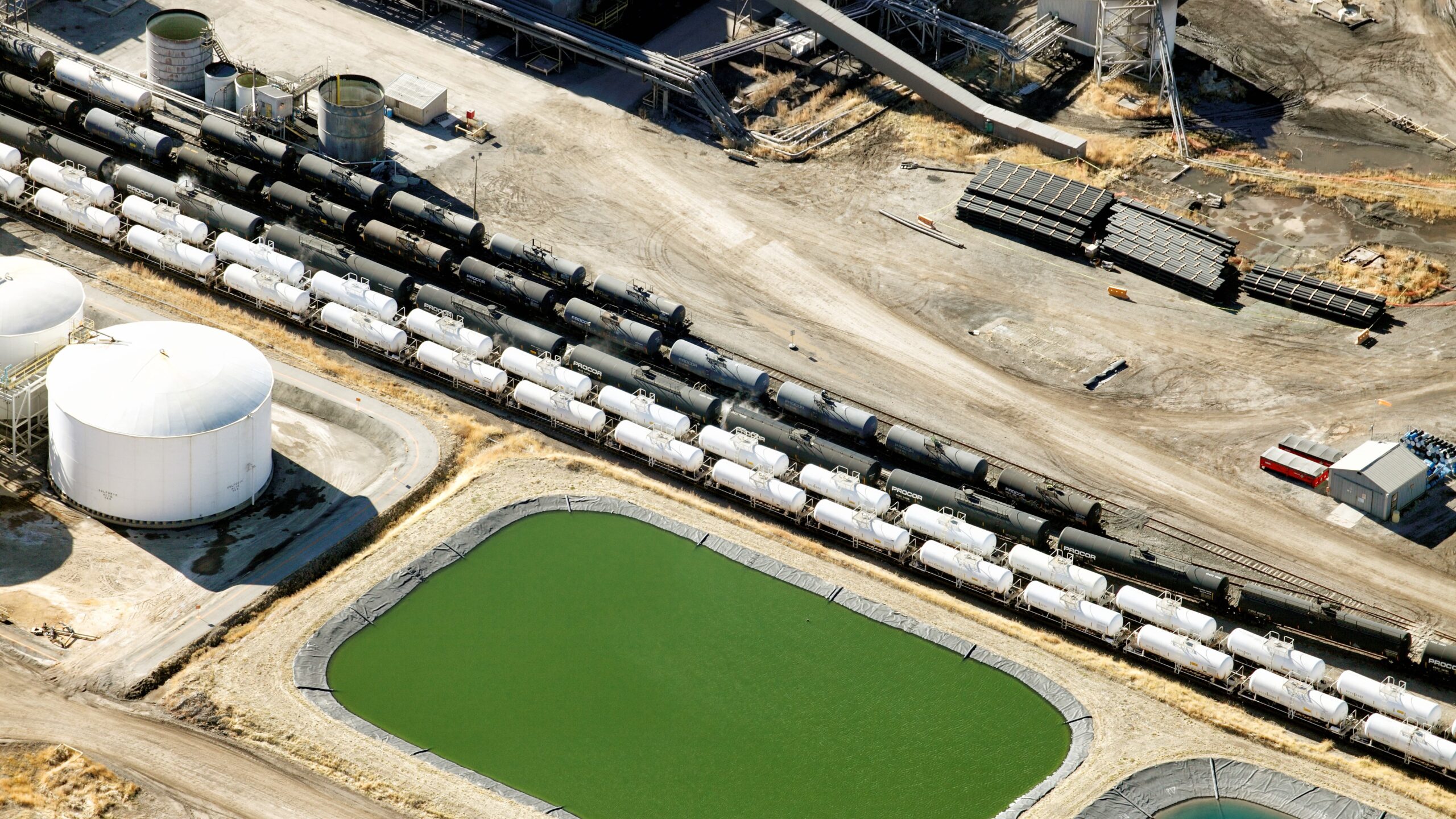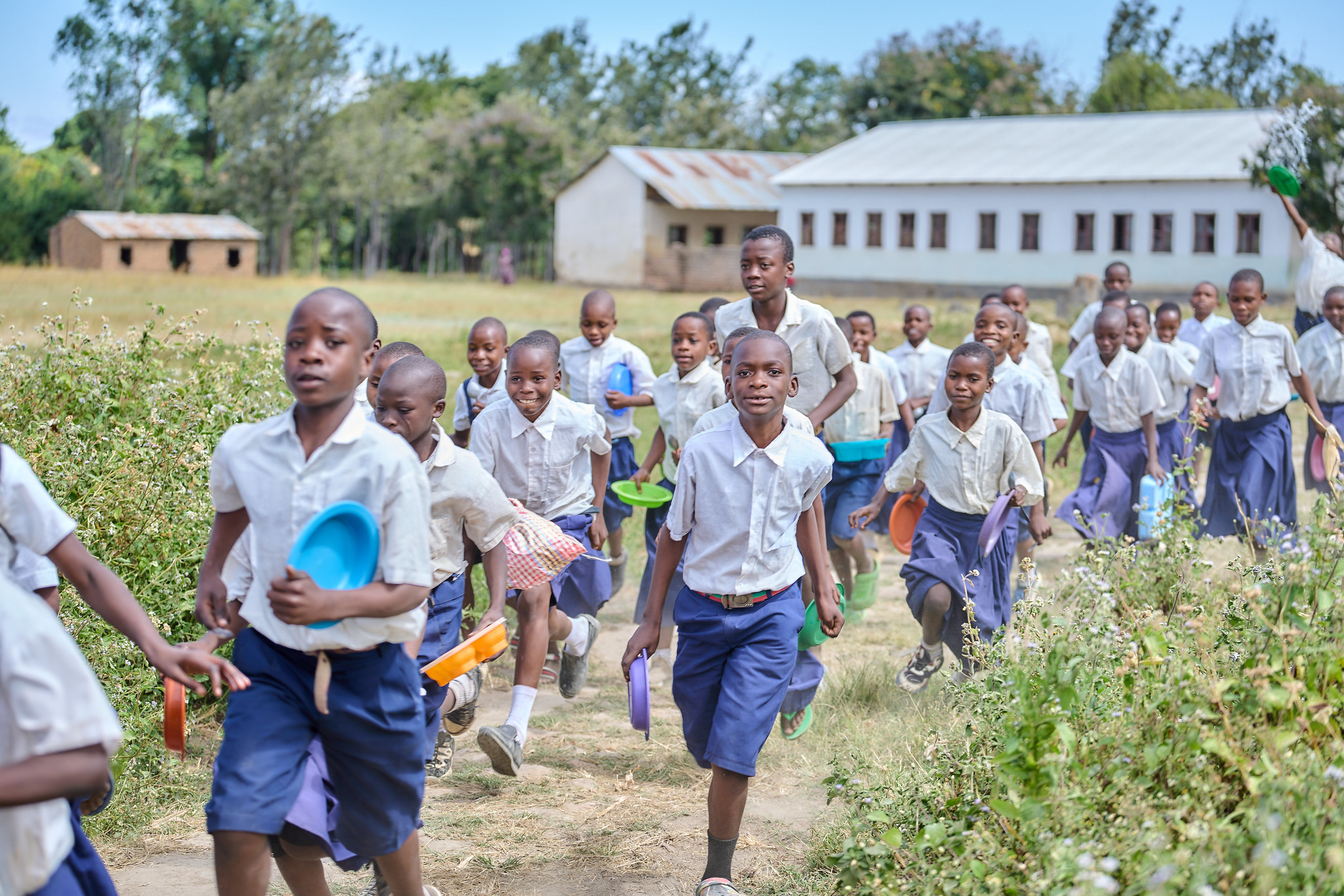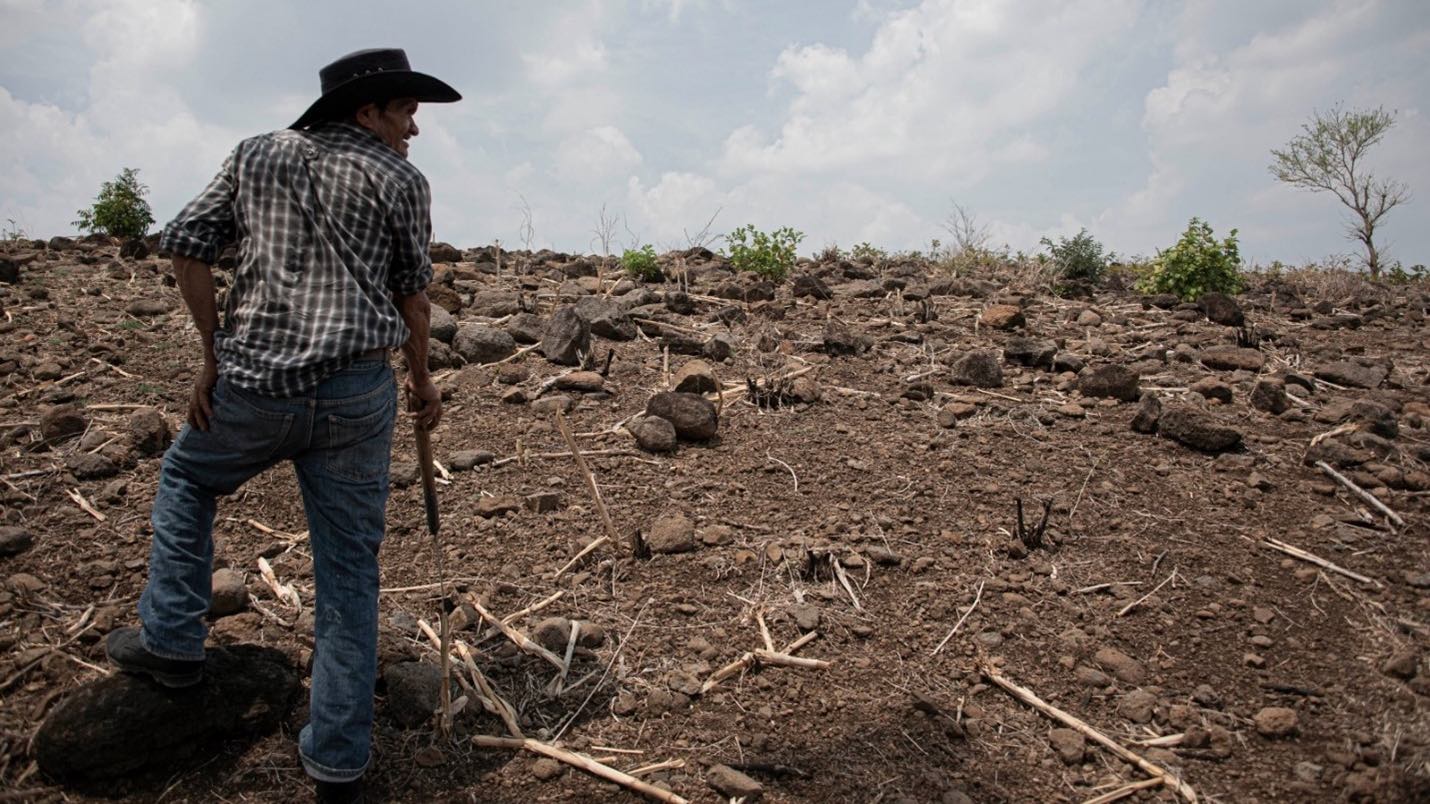The COVID-19 pandemic has revealed both the vulnerability and the resilience of food supply chains. Supply chains from farm to retail have been disrupted, primarily by government-imposed lockdowns and other restrictions affecting labor supply, input provisioning, logistics, wholesale, retailing, and food service. Supply chains have also shown a good deal of resilience and innovative capacity to adapt to the major supply and demand shocks they encountered. Their responses provide lessons for one of the key themes of the forthcoming UN Food Systems Summit 2021: How to improve food systems’ resilience to shocks and stress.
Pandemic impacts on supply chains have differed by type of product. Mechanized production of cereals and other staples on large farms proved less vulnerable than labor-intensive production of fruits and vegetables on smaller farms. Post-harvest handling, packaging, and processing for many perishable foods—most notably meat packing—were susceptible to outbreaks of COVID-19 among workers because of close working conditions.
Impacts have also differed by country and degree of integration and modernization of food markets. The stages of transformation of supply chains in developing regions are traditional, transitional, and modern. Countries where food systems are evolving from short, traditional supply chains to transitional stage supply chains have been most vulnerable to supply disruptions and restrictions on labor movements.
Transitional supply chains are already long (stretching from rural to urban areas) and depend in post-farm segments on logistics services and hired labor; the nodes between farm and retail are still fragmented, dominated by many small and medium enterprises (SMEs). Particularly in Africa and South Asia, these supply chains were constrained, even before COVID-19, by insufficient temperature-controlled storage and processing capacity, poor transportation infrastructure, disjointed input markets, and/or underfinanced suppliers. These factors made such supply chains particularly vulnerable to COVID-19 restrictions; for example, curfews caused food losses as perishable food transport had to take place in daytime heat and humidity instead of during the cooler nights, or because hired labor was no longer able to report for work.
Modern supply chains have generally been the least affected, possessing greater capacity to adjust and innovate to keep running. Large firms in modern supply chains benefited from a fair degree of control over input supplies and marketing channels, greater flexibility to switch between suppliers within their networks and between destination markets, and sufficient resources to innovate business operations.
In recent decades, two broad modernization modalities have emerged in developing countries. Some large-scale operators have set up vertically integrated supply chains to control input and output delivery and limit transaction costs. Other large-scale supermarket chains, traders, and food processors employ an array of SMEs to support transportation, logistics, distribution, and delivery. Vertically integrated supply chains have generally shown greater resilience and capacity to adjust and innovate during the pandemic. Supply chains dominated by SMEs, in contrast, have been more vulnerable, as they were less able to adjust to restrictions on movement affecting workers (when relying on hired labor, rather than family members) and were susceptible to disruptions in input provisioning and transportation (especially where storage and processing capacities are inadequate).
Senegal’s fresh fruit and vegetable supply chains illustrate this stark contrast in ability to adjust to the COVID-19 shock. The vertically integrated, large-scale modern firms, which exclusively produce fruits and vegetables for export markets, have suffered little impact. These firms were able to adapt business operations to circumvent labor restrictions and adjust marketing channels. In contrast, small-scale farms, traders, and handlers operating in Senegal’s poorly integrated domestic markets were severely affected by labor restrictions and disruptions in input supply, aggravated by a lack of adequate storage and limited capacity to manage risks.
In Ethiopia, vegetable supply chains were also severely affected by disruptions in transport and in the supply of key farm inputs. In response to the pandemic, the government introduced trade restrictions to protect domestic producers from import competition. The impact on Ethiopian vegetable farmers was mixed: Some benefited and some lost. Those farmers who could sell into urban markets benefited from reduced local and international competition and higher prices, but those who could not trade to other areas in the country lost out. However, Ethiopia’s smaller vegetable farms were less affected by COVID-19 disruptions than medium-sized farms, as smaller farms rely less on hired labor.
Some small farms and SMEs in food supply chains have been able to adjust and survive during the pandemic by leveraging e-commerce platforms and adjusting their business operations. In China, for instance, large numbers of smallholders, often through their cooperatives, managed to set up their own online stores through third-party e-commerce platforms and advertising through social-media groups—bypassing middlemen, selling directly to consumers, and improving their incomes. This new agri-business model appears to work well, especially in areas with special agricultural products, convenient infrastructure, and logistics.
SME food processors have also started to sell directly to consumers in response to pandemic mobility restrictions. In Thailand, for instance, SMEs organized online sales using various media, including Facebook, mobile phone networks, and local SME delivery apps, managing to compete with foreign-linked e-commerce firms (such as Alibaba’s subsidiary Lazada). Elsewhere, farmer groups and food SMEs were able to build new forms of resilience by linking up with large e-commerce firms. In Indonesia, for instance, some farmer groups worked with Pinduoduo’s rival Alibaba. The Rumah Sayur Group, a vegetable farm coop with 2,500 farmers, suffered a 60% drop in orders with COVID-19. It managed to recover sales by forming a partnership with Alibaba to sell vegetables directly to consumers. Meanwhile, SME e-commerce and delivery intermediaries are also directly facilitating farm sales. In Malaysia, fish delivery intermediary MyFishman.com is helping SMEs in fishing and aquaculture sell via fresh-seafood subscriptions and delivery services, thus avoiding having to sell on wet markets or connect in person with consumers.
Farmers and food businesses have thus shown both great vulnerability to and capacity to adjust to a major shock like COVID-19. Large-scale firms obviously had greater capacity of innovate and adjust, but many farmer groups and SMEs have equally found new opportunities amidst a crisis, both in partnerships and competition with large businesses operating in food supply chains. The adjustments included introduction of flexibility in labor access, in product procurement, in marketing, in technology (especially the use of e-commerce), and in financial resilience.
The UNFSS’ agenda for transformation should consider these developments, as the diffusion of these organizational innovations is likely to continue. The innovations almost exclusively have been pure market responses. But they heavily relied on conditions created by public investment and policies related to the creation of basic infrastructure, internet access, and market institutions essential for value chain integration and lowering costs of market access. Where such conditions are missing or beyond the reach of smallholders and SMEs, governments should step in to provide targeted support to facilitate access to affordable mobile services, ease market entry for SMEs, and avoid innovations that lead to greater inequality in food markets. Such support would improve resilience to the impacts of future shocks and disruptions and contribute to the inclusive and sustainable transformation of food systems.
Thomas Reardon is a Professor at Michigan State University and SME Focal Point for UNFSS Action Track 5; Johan Swinnen is Director General of IFPRI and co-lead of the UNFSS Finance Lever; Rob Vos is Director of IFPRI’s Markets, Trade, and Institutions Division and a member of the leadership team of UNFSS Action Track 2.







